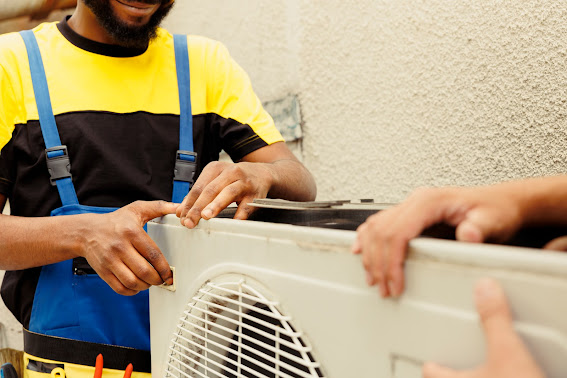10 Years of Change: What Really Improved in Air Conditioning Technology?
The past decade has seen major shifts in how air conditioners work not just in terms of how they cool, but how they think, operate, and impact both your wallet and the planet. A lot of blogs talk about “smart” and “eco-friendly” as if they’re just buzzwords. But let’s get real. What actually changed in air conditioning technology over the last 10 years that affects how we live, maintain, and pay for cooling systems?
Let’s break it down.
1. Real Energy Efficiency Not Just Numbers on Paper
Energy-efficient air conditioners used to be a checkbox on a product label. Today, they’re a performance benchmark. Manufacturers have moved beyond gimmicks. Inverter technology is now standard in most mid to high-range AC units, adjusting compressor speed to match actual cooling demand instead of cycling on/off.
This leads to consistent temperature control and measurable electricity savings. Higher SEER (Seasonal Energy Efficiency Ratio) ratings are no longer optional—they’re demanded by both users and regulations. For homeowners, this means long-term cost reduction and better temperature control. For technicians, it’s fewer calls about inconsistent cooling.
2. Smart AC Systems: Convenient, But Only If Set Up Right
Smart doesn’t mean better by default. While app controls, voice integration, and scheduling features are great, they require correct configuration. Many users underestimate the complexity behind smart features. Without proper Wi-Fi setup, smart sensors, and zoning integration, you’re stuck with a feature-rich unit running like an old analog machine.
When done right, smart ACs improve user comfort and reduce unnecessary usage. They also allow HVAC professionals to provide remote diagnostics cutting down unnecessary service visits and enabling targeted Air Conditioning repair service if something breaks.
3. Refrigerants Got an Upgrade Finally
For years, the HVAC industry was stuck with R-22, a high global warming potential refrigerant. Today, R-32 and R-290 are replacing outdated gases. They offer improved thermal performance and a much lower environmental impact. But this isn’t just a win for the Earth it’s a win for performance.
New refrigerants run cooler, more efficiently, and require less charge to do the same job. They’ve also influenced AC design, leading to smaller and lighter units without compromising power.
4. Air Quality Became a Priority (and Rightfully So)
10 years ago, air conditioners cooled air, and that was it. Now, integrated air purification is a key selling point. Systems come equipped with PM2.5 filters, UV-C sterilization, and ionizers as standard features. This isn’t marketing fluff it’s the industry catching up with consumer expectations in the wake of urban pollution and pandemic-era awareness.
These features matter, especially in metro areas where indoor air quality is often worse than outdoors. Units that filter out allergens, bacteria, and volatile compounds reduce health risks and enhance daily comfort, especially for sensitive groups like children and the elderly.
5. Noise Reduction and Sleeker Design Engineered for Real Homes
Noise used to be accepted as part of the deal. Not anymore. Newer compressor designs and insulation materials have significantly lowered operational noise. In fact, many AC units now run below 30 dB, which is library-quiet.
Combine that with slimmer wall units and compact outdoor systems, and you have a cooling solution that actually fits into modern apartments without causing a daily disturbance. This isn’t just about design it’s about functionality that adapts to changing lifestyles.
6. Predictive Maintenance and AI Diagnostics Are Here
This isn’t science fiction. Many mid-to-premium AC units now offer built-in diagnostics that alert you (and sometimes the service provider) when something goes wrong. It reduces guesswork during servicing and prevents small issues from escalating into system failures.
If you’ve ever called for an Air Conditioning repair service only to be told the problem “might” be the compressor or the fan motor, you’ll appreciate this shift. AI-assisted systems can pinpoint error codes, analyze behavior, and even predict part degradation. That’s time saved, money better spent, and fewer breakdowns during peak summer.
7. Hybrid and Solar Integration: Not Mainstream, But Promising
Let’s be clear: hybrid and solar-powered ACs aren’t widely used yet but the technology is improving. In hot, sunny regions, hybrid cooling systems are showing real promise. Some can switch between grid power and solar, automatically optimizing based on load demand and weather conditions.
It’s not fully scalable yet for every home, but the groundwork is laid. And for businesses or larger homes, integrating solar ACs into an energy strategy is starting to make real financial sense.




Comments
Post a Comment